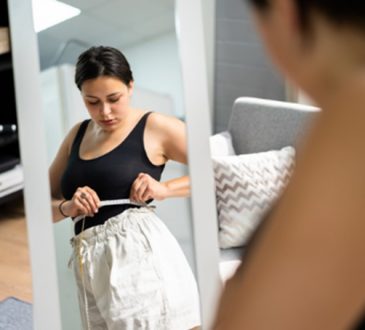
The arrival of a newborn brings joy and excitement, accompanied by the responsibility of providing a safe and comfortable sleep space. Infant beds play a pivotal role in fostering healthy sleep patterns during the crucial early months of a baby’s life.
In this article, we will explore the significance of infant beds in promoting optimal sleep for newborns and the factors to consider when choosing the right sleep environment.
The Importance of Infant Beds for Healthy Sleep
Safety First
Infant beds serve as a secure and protected space for babies to sleep. Safety is paramount, and a well-designed infant bed provides a confined and controlled environment that reduces the risk of accidents or injuries during sleep. Features such as sturdy railings and proper mattress support contribute to a safe sleeping space for your little one.
Establishing Routine
Having a designated infant bed establishes a consistent sleep routine for the baby. Creating a familiar and dedicated sleep space signals to the baby that it is time for rest. This routine aids in regulating the baby’s sleep-wake cycle, contributing to the development of healthy sleep patterns from an early age.
Optimal Sleep Positioning
Proper sleep positioning is essential for a baby’s well-being. Infant beds are designed with safety guidelines in mind, including recommendations for placing the baby on their back to sleep. This sleep position reduces the risk of sudden infant death syndrome (SIDS) and ensures that the baby can breathe freely during sleep.
Comfort and Support
The mattress and bedding in an infant bed are crucial factors for providing comfort and support. High-quality, firm mattresses contribute to proper spinal development, and soft, breathable bedding materials promote a comfortable sleep environment. These elements combine to enhance the baby’s overall sleep experience.
Encouraging Independence
As babies grow, the use of an infant bed encourages a sense of independence in sleep habits. Transitioning from co-sleeping or a bassinet to an infant bed allows the baby to gradually become accustomed to sleeping in their own space. This step towards independence is an important aspect of healthy sleep development.
Factors to Consider When Choosing an Infant Bed
Crib Safety Standards
When selecting an infant bed, prioritize cribs that meet safety standards established by regulatory bodies. Look for certifications indicating that the crib has undergone rigorous testing for safety and durability.
Appropriate Mattress Fit
Ensure that the mattress in the infant bed fits snugly with no gaps around the edges. A well-fitted mattress reduces the risk of the baby getting trapped between the mattress and the crib. The mattress should also be firm to provide ample support for the baby’s developing body.
Sturdy Construction
A stable and well-constructed infant bed is essential for safety. Check for smooth edges, secure hardware, and durable materials. Regularly inspect the bed for any signs of wear or damage, and promptly address any issues to maintain a secure sleep environment.
Adjustable Mattress Height
Many cribs come with adjustable mattress heights to accommodate the baby’s growth and development. Starting with a higher mattress position for newborns makes it easier to lift the baby in and out of the crib. Lowering the mattress as the baby becomes more mobile prevents climbing hazards.
Convertible Features
Consider opting for a convertible crib that can transform into a toddler bed. Convertible cribs offer long-term value by adapting to the changing needs of your child. This feature ensures a seamless transition as the baby grows and transitions from an infant to a toddler.
Proper Ventilation
Good air circulation is crucial for a healthy sleep environment. Choose bedding materials that are breathable and hypoallergenic to promote proper ventilation in the infant bed. Avoid heavy blankets, quilts, or pillows during the early months to reduce the risk of suffocation.
Ease of Cleaning
Babies are prone to spills and accidents, so choosing an infant bed with easily removable and washable bedding is practical. Mattress covers, sheets, and other bedding components that are machine-washable simplify the cleaning process and maintain a hygienic sleep space.
Creating a Comfortable Sleep Environment
Temperature Regulation
Maintain a comfortable temperature in the baby’s sleep environment. Dress the baby in appropriate layers, and avoid overdressing to prevent overheating. Use a sleep sack or wearable blanket as an alternative to loose bedding.
Minimal Distractions
Keep the infant bed free from distractions that might hinder sleep. Soft lighting, a white noise machine, or gentle lullabies can create a soothing atmosphere, promoting restful sleep for your baby.
Establishing a Bedtime Routine
Develop a bedtime routine that signals to the baby that it is time to sleep. Activities such as a warm bath, gentle rocking, or reading a bedtime story contribute to a calming routine that prepares the baby for a restful night’s sleep.
Conclusion
Infant beds play a crucial role in promoting healthy sleep patterns for newborns. Safety, comfort, and proper sleep positioning are key considerations when selecting the right infant bed. Whether choosing a crib, bassinet, or co-sleeper, prioritize safety standards and create a sleep space that fosters a sense of security and routine for your baby.


